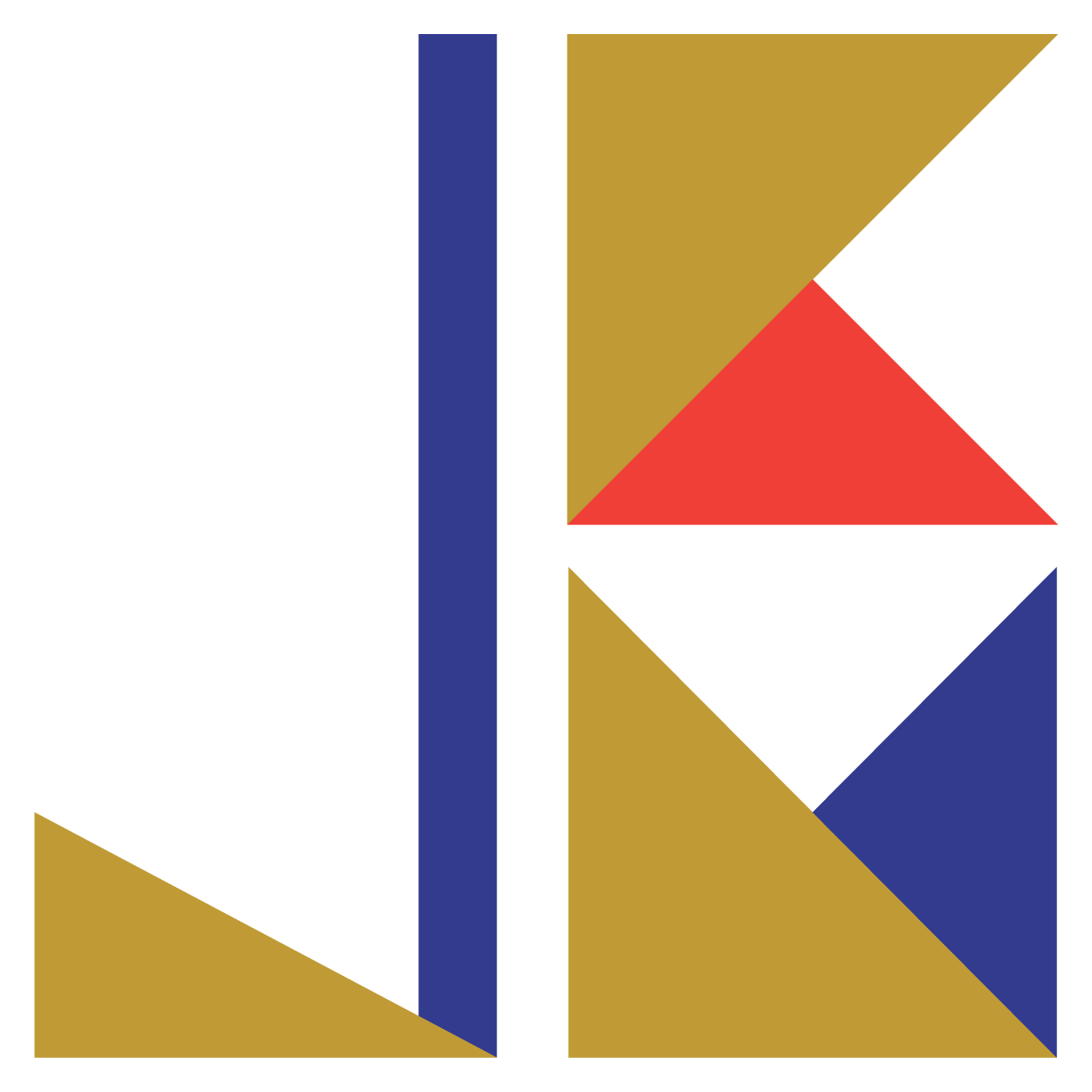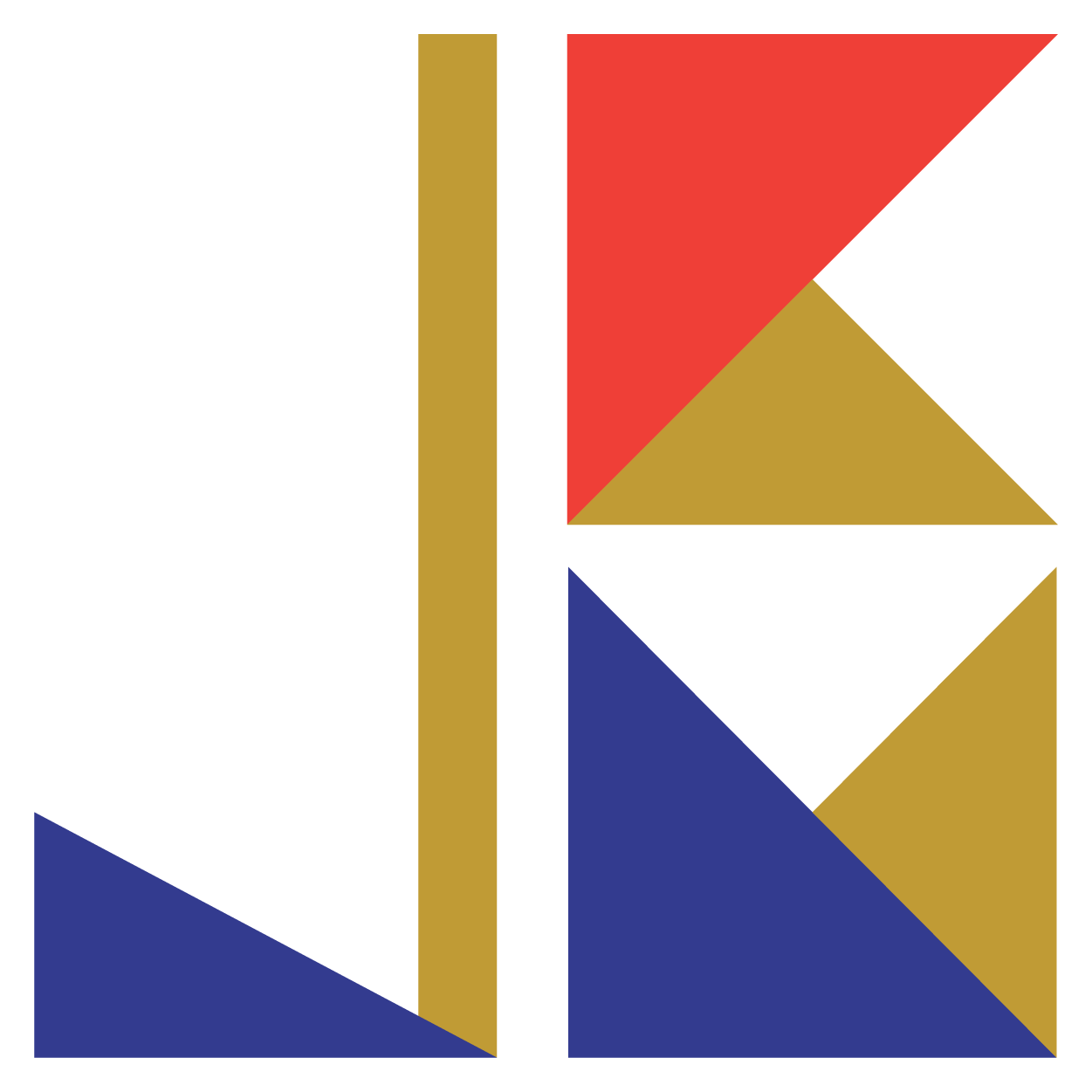In this article, I cover the basics: What is UI/UX? Follow along with the pretty charts and let's jump in.
User experience is an intricate subject to discuss. Here is a simple diagram that explains it.
According to the Nielsen Norman Group, “User experience encompasses all aspects of the end user’s interaction with the company, its services, and its products.”
User experience is how a user experiences a product or service and is not just limited to websites and apps; it can be your experience while going to the movies, getting a haircut, or even going through a security checkpoint at an airport. Although we generally think of software when we think about user experience, it’s pretty cool to consider the bigger picture of what it can mean.
For our purposes, I’ll consider a product to be a website, web app, or a mobile app. I made the following diagram to show how product and user are complicated on its own.
A product that you are using today is rarely a creation of one person. It’s very much a collaborative effort between the product owners, engineers, designers, and other professionals. Whether a company is a 5-person startup or a Fortune 500 company, the contribution of many voices will have a significant impact on the product’s user experience.
On the other side, every user is unique. A user’s age, gender, work industry, exposure to different cultures, physical and mental health all influence how they interact with a product. Not to mention, everyone has a different comfort level with technology and willingness or time to learn new skills that might be required while using a product.
Most products focus on solving a specific problem and people who share this problem. These people are the product’s target customers; the ones who are likely to use the product and spend money to use it. Because it will be almost impossible to satisfy every potential user’s needs, products tend to value the needs of their target customers foremost.
My next pie chart displays how I typically break down the user experience of a product.
Three things that I want to consider when discussing UX are Delight, Ease of Use, and Value (DEV! I made an acronym!). When using a product, I’m often clueless about the company’s business goals, team members’ expertise or the technology behind the product. In some cases, I may not even know who the product’s target customers are and whether I am in that group. However, from a user’s perspective, I can evaluate how much value the product provides to me, how easy it is to use, and how it makes me feel (hopefully delighted). It’s not to say that the company’s business goals, the team’s expertise, and technology don’t matter. Indeed, knowledge of these things when using a product could make me trust the brand more and have a better user experience overall. DEV is just a guideline that I use that requires minimal effort to assess a product user experience.
How does user interface design fit into all of this? Even though user interface can be a big part of the user experience, some products or services may involve zero or minimal UI. Think about interacting with a voice assistant like Alexa or taking a number at the deli line in the grocery store.
The user interface is what a user sees and interacts with a device. A device screen is usually made up of things like buttons, icons, and text. People adapt to various UI patterns over time by interacting with existing products. For example, one of many UI patterns that children come across in early days are the pedestrian signals at a crosswalk. The displays of these signals vary in different countries, but in the United States, a green light or a walking guy icon is the standard signal to walk. A clean and well-designed UI can let a user intuitively know what to do next, thus improving the user experience.
---
Creating a great user experience can be an ongoing endeavor that requires many eyes, meetings that go overtime, and most importantly trial and errors. If you are looking for help with improving your product, don't hesitate to get in touch with me :)
Creating a great user experience can be an ongoing endeavor that requires many eyes, meetings that go overtime, and most importantly trial and errors. If you are looking for help with improving your product, don't hesitate to get in touch with me :)

